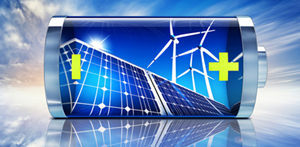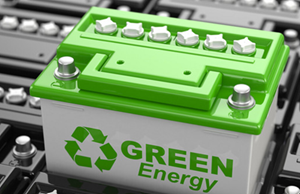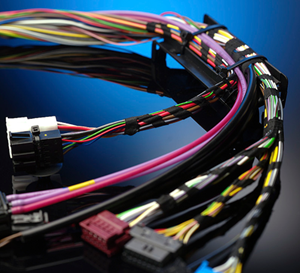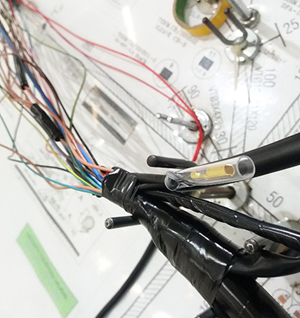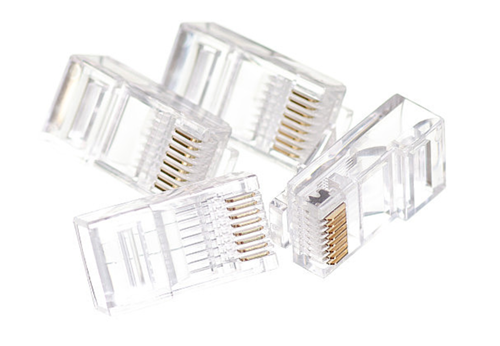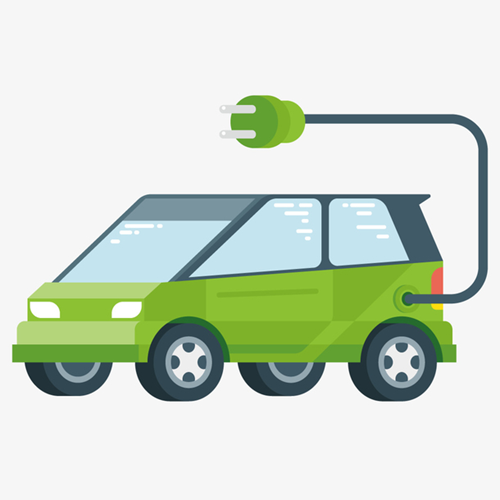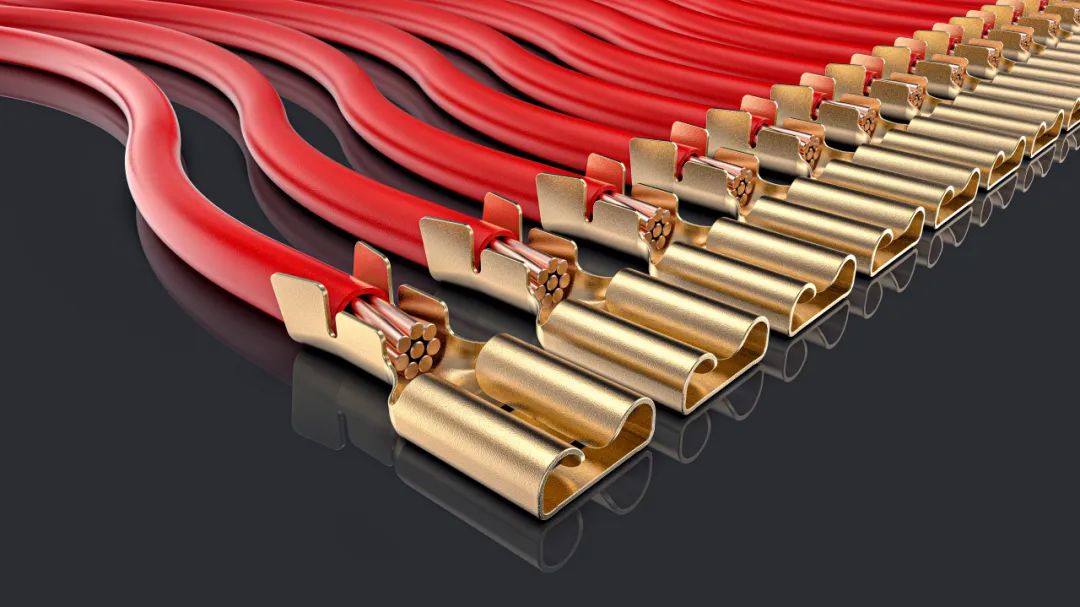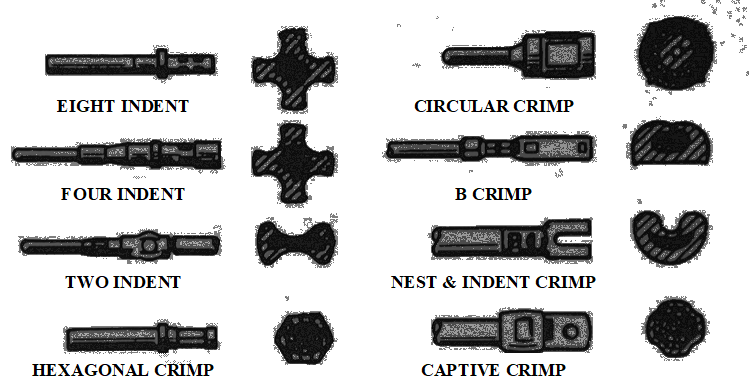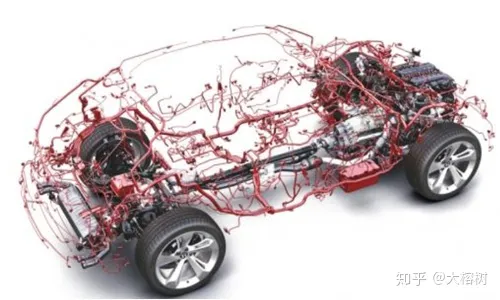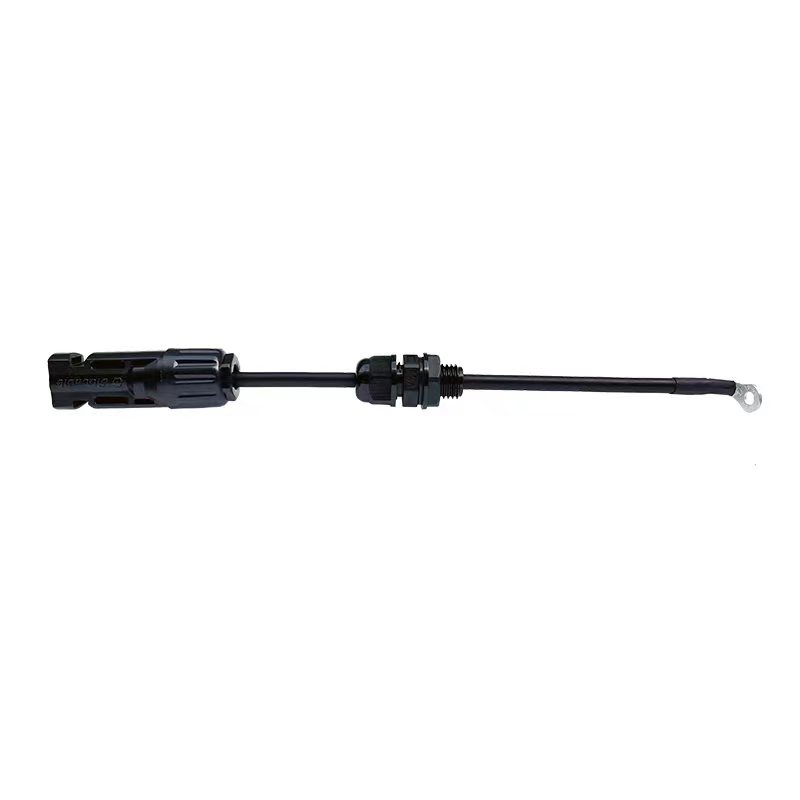Driving the Future The Significance of Automotive Connectors in Vehicle Technology
In the ever-evolving landscape of automotive technology, one often-overlooked yet essential component stands out – automotive connectors. These small, intricate devices play a pivotal role in the seamless integration of advanced electronics, making them the unsung heroes behind the innovations driving our vehicles into the future.
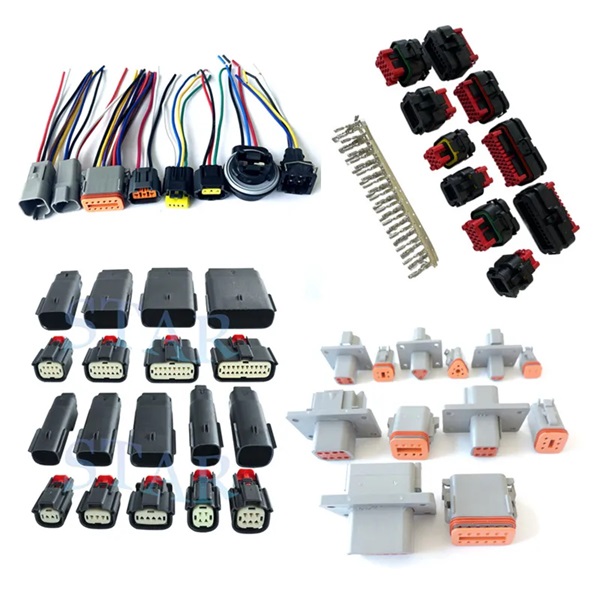
Connecting the Dots: What Are Automotive Connectors?
Automotive connectors are the silent enablers of connectivity within vehicles. Serving as the bridge between various electronic components, these connectors facilitate the transfer of signals, power, and data throughout the vehicle's intricate network. From engine control units to infotainment systems, connectors are the unseen conductors ensuring the harmonious operation of our automobiles.
Versatility in Design: Tailoring Connectors to Automotive Needs
The world of automotive connectors is diverse, with a myriad of designs catering to specific applications. From traditional wire-to-wire connectors to more advanced fiber-optic connectors, each type is carefully engineered to meet the demands of modern vehicle architectures. As automotive systems become more complex, connectors play a crucial role in ensuring compatibility and reliability.
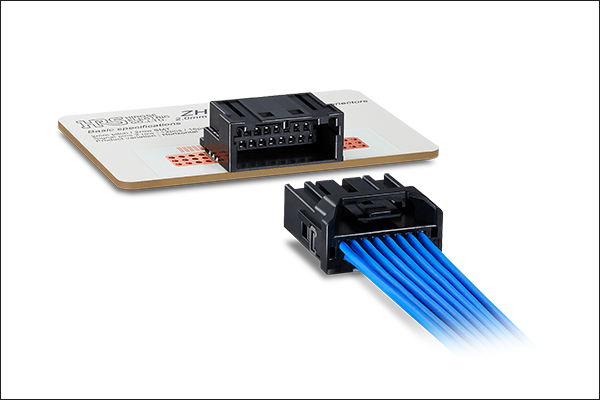
Materials and Durability: The Backbone of Connectivity
The choice of materials in automotive connector construction is a critical factor in ensuring durability and performance. Manufacturers often opt for materials such as rugged plastics, corrosion-resistant alloys, and gold-plated contacts to withstand the harsh conditions within an automotive environment. These materials contribute to the connectors' ability to endure temperature variations, vibrations, and exposure to elements.
Safety First: The Role of Connectors in Automotive Safety Systems
Connectors in automotive systems go beyond facilitating communication; they are integral to safety features. In modern vehicles, connectors are vital components in airbag systems, anti-lock braking systems (ABS), and advanced driver-assistance systems (ADAS). The reliability of connectors is paramount in ensuring the seamless operation of these safety-critical systems.
Innovation Driven by Connectivity: The Rise of Smart Connectors
As vehicles become smarter and more connected, automotive connectors are evolving to meet new challenges. Smart connectors equipped with sensor technologies, data transmission capabilities, and self-diagnostic features are becoming increasingly prevalent. These innovations contribute to the efficiency, diagnostics, and overall intelligence of modern vehicles.
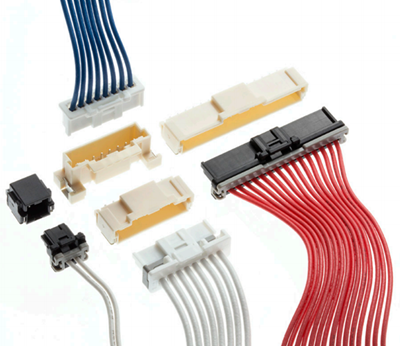
Future Outlook: Automotive Connectors in the Era of Electric and Autonomous Vehicles
With the rise of electric and autonomous vehicles, the role of automotive connectors becomes even more crucial. High-voltage connectors for electric powertrains and complex data connectors for autonomous systems are at the forefront of innovation. The reliability and precision of connectors will play a pivotal role in shaping the success of these transformative technologies.
Conclusion: Driving Innovation Through Connectivity
In conclusion, automotive connectors are the silent architects of the automotive revolution. As vehicles continue to embrace advanced technologies, the significance of connectors in ensuring seamless communication and functionality cannot be overstated. The road ahead is paved with innovations, and at the heart of it all, automotive connectors will continue to drive the evolution of our vehicles into the next era of mobility.

